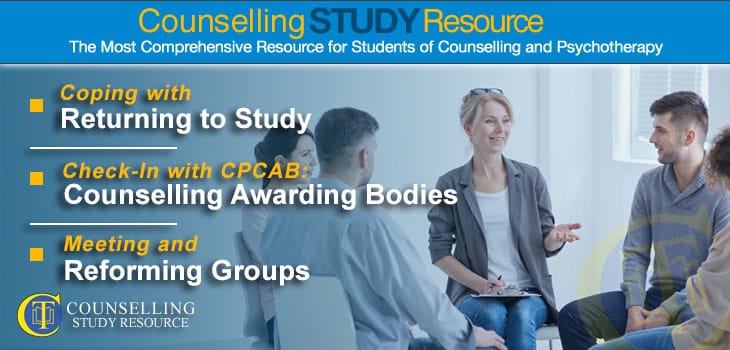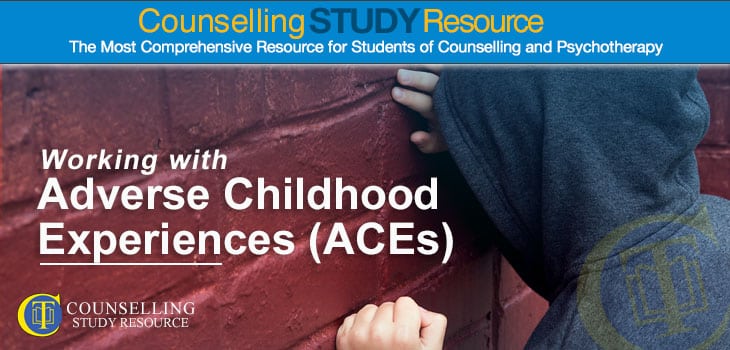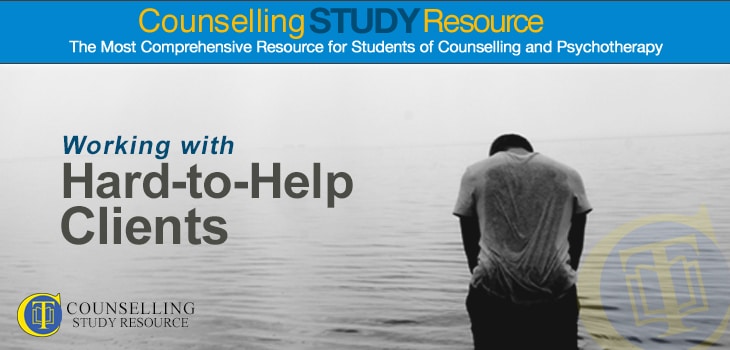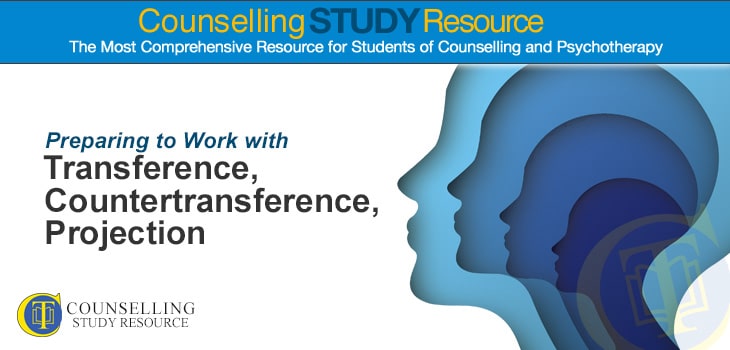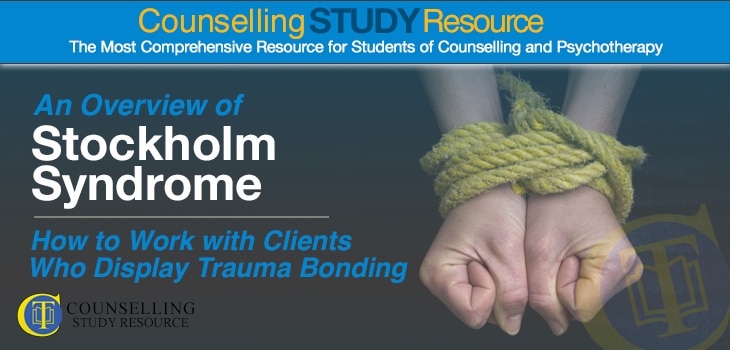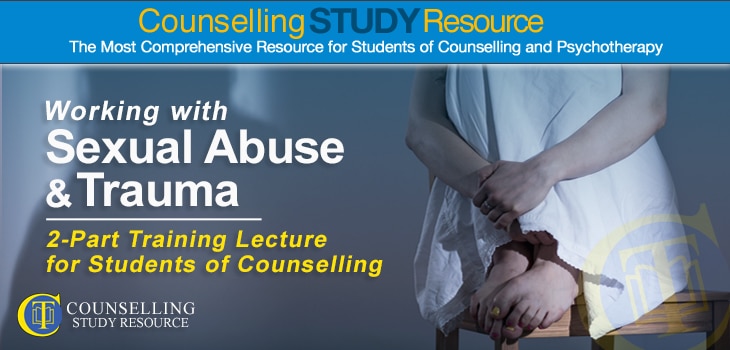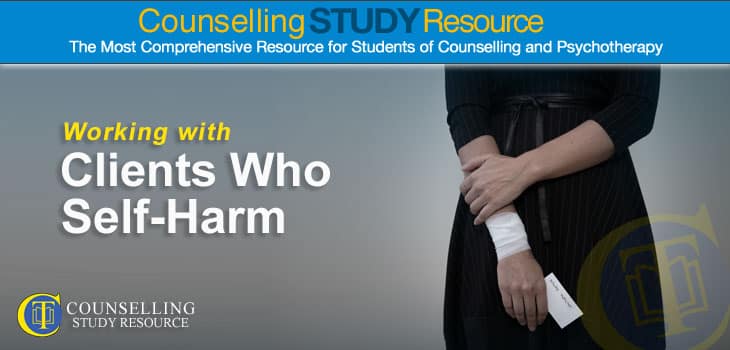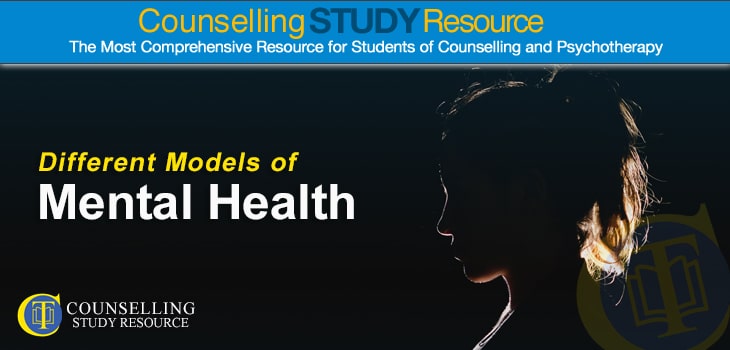120 – Counselling Awarding Bodies
120 – Purpose of Counselling Awarding Bodies Coping with Returning to Counselling Study – Meeting and Reforming Groups In episode 120 of the Counselling Tutor Podcast – the first in this new season – Ken Kelly and Rory Lees-Oakes talk about how to avoid overwhelm when returning to studying after the summer break. Next, they […]
120 – Counselling Awarding Bodies Read More »
